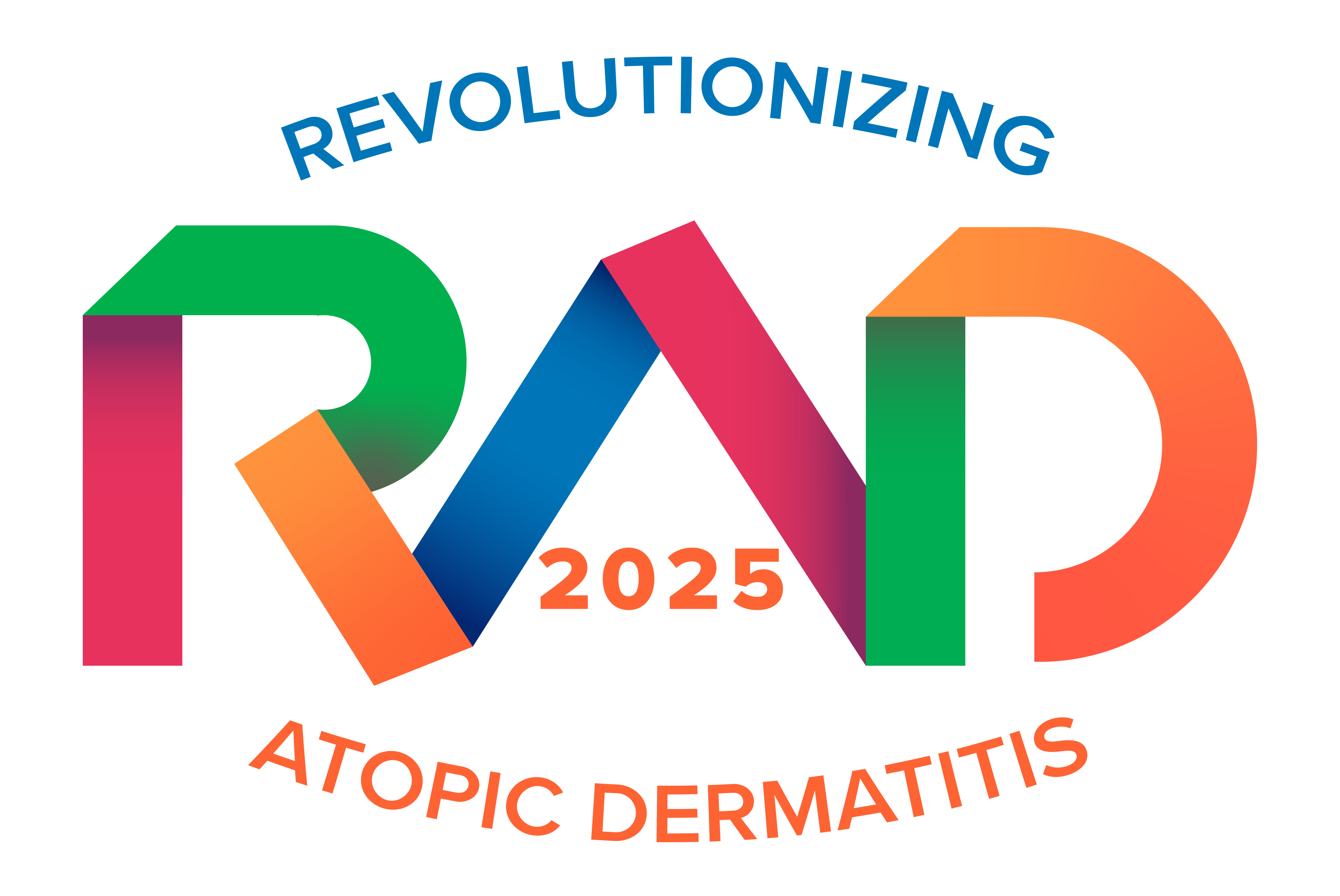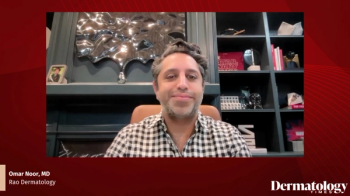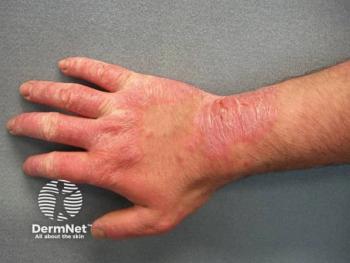
Weighing In on Biologics and JAK Inhibitors for Atopic Dermatitis

Christopher Bunick, MD, PhD, discusses key differences in AD biologics and challenges in achieving optimal treatment targets.
In a recent interview with Dermatology Times, Christopher Bunick, MD, PhD, associate professor of dermatology and translational biomedicine at Yale University School of Medicine, delved into the evolving treatment landscape of atopic dermatitis (AD). Bunick shared key insights on the distinct mechanisms of action behind emerging biologics and highlighted the ongoing need to raise the bar in achieving optimal treatment outcomes—particularly itch relief and skin clearance.
Understanding the Mechanisms: IL-13 vs IL-31 Pathways
“Well, I think big picture that the biologics that are targeting IL-13, which is tralokinumab and lebrikizumab, they’re both targeting IL-13,” Bunick explained. “They’re hitting different epitopes that are opposite sides of the cytokine, and they have some differences in their mechanism.”
He then noted the mechanistic divergence of nemolizumab: “Now, nemolizumab is targeting the IL-31 receptor, not IL-31 itself, and we have very different, therefore very different mechanisms of action. Two of them are binding a cytokine, and one of them is binding a receptor. And they’re working on completely different cytokines.”
Clinical Efficacy in AD
Bunick acknowledged the growing body of data supporting the efficacy of each biologic in addressing different aspects of AD symptomatology.
“But what we have learned is that certainly nemolizumab has shown some efficacy in atopic dermatitis and in treating prurigo nodularis and can be an effective therapy for reducing itch for those patients that are appropriate for nemolizumab,” he said. “We also see with the IL-13 targeted biologics that there is the ability for these agents to clear skin and control itch as well.”
Achieving Optimal Treatment Targets
Despite progress, Bunick emphasized that dermatologists are still grappling with how best to achieve consistent, optimal outcomes for all patients with AD.
“I think that where there’s a lot of question in dermatology—or at least in atopic dermatitis—is what is the best strategy for hitting those optimal treatment targets, getting that skin clearance and that itch relief?” Bunick asked. “I still feel that there’s a lot of research to be done and understanding of how to get optimal outcomes for our patients, especially with regard to that itch relief.”
The Role of JAK Inhibitors and Looking Ahead
“Certainly right now the data shows that the JAK inhibitors work very fast and are very good for the itch,” Bunick said.
Bunick concluded by identifying a key challenge and opportunity for the specialty: expanding the number of patients who benefit from these therapies.
“The question is: how do we go beyond, how do we get that optimal treatment target level instead of 20% of patients hitting optimal treatment targets? How do we get it to 80, 90, 100% of our patients are always hitting optimal treatment targets? I think that’s where a lot of the questions and thinking is certainly sitting right now in the atopic dermatitis space.”
To hear more about OX40 inhibition from Bunick,
Newsletter
Like what you’re reading? Subscribe to Dermatology Times for weekly updates on therapies, innovations, and real-world practice tips.



















